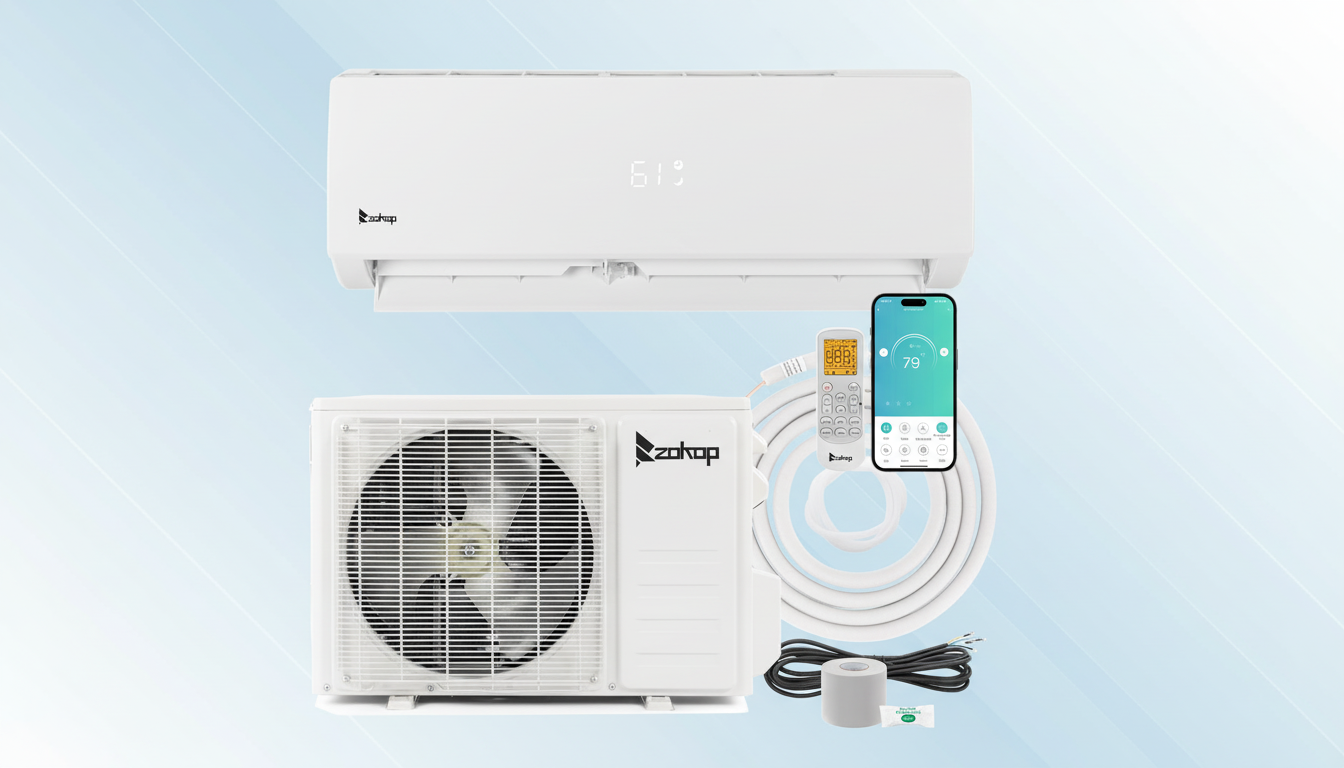TikTok is expanding its creation toolkit with two AI-driven features focused directly on making it easier to actually create: Smart Split, an auto-clipping editor for long videos, and AI Outline, a tool that helps plan the video’s hooks, titles, and even builds out the section-by-section structure of your soon-to-be viral TikTok hit.
Between the two of them, they’re addressing the top two pain points in short-form publishing—editing and ideation—without making users change their existing workflows.
- What Smart Split Does to Turn Long Videos into Clips
- Inside AI Outline: Planning Hooks, Titles, and Structure
- Why This Matters for Creators Competing in Short Form
- How It Compares to Competing Services Across Video
- Guardrails and Policy Context for TikTok’s AI Tools
- Availability and Early Use Cases for Smart Split and Outline

What Smart Split Does to Turn Long Videos into Clips
Smart Split takes in long-form video content—like a podcast episode or a video essay—and automatically makes several short, platform-optimized clips. It can reframe to vertical, add captions, and generate transcripts, outperforming hours of manual labor in moments.
The tool resides in TikTok Studio Web and supports uploads over one minute. Creators choose their types of segments to highlight, target clip length (or leave it up to the system), and caption styling. The upshot is a collection of bite-sized videos ready for feed distribution and testing.
Crucially, Smart Split is not a completely hands-off solution—and that’s intentional. TikTok also allows creators to control which moments to surface and how aggressive the trims should be, so its machine-chopped finished outputs still resemble a creator’s pacing and voice.
Inside AI Outline: Planning Hooks, Titles, and Structure
AI Outline is an antidote to the blank-page problem. Type in a prompt or choose a topic from Creator Search Insights, and the tool spits out an organized six-part outline populated with hooks, titles, and hashtags that account for audience intent on the platform.
Refinement is built in. You might request a punchier opening, switch out the call to action, or rework the script for a niche audience. Only users in the U.S., Canada, and certain other markets who are 18 and older can access AI Outline, aligning with TikTok’s careful approach to generative features for its younger users.
Why This Matters for Creators Competing in Short Form
Short-form reach is huge, but competition is fierce. YouTube says it gets more than 2 billion monthly logged-in users to play on Shorts, while TikTok has a global audience that numbers in the billions. It’s in that environment where speed to publish and scale of testing often divide breakout channels from stalled ones.
Smart Split speeds repurposing—the secret to growth for many podcasters and interview shows. That means instead of manually slicing a 60-minute show into a dozen or so clips, creators can produce candidates and then spend their time punching up headlines, cover frames, and iteration. AI Outline builds on that by surfacing angles likely to align with what viewers are searching and saving at the moment.

There’s also a discovery benefit. Frequent, clean cuts provide the recommendation system with more opportunities to find an audience. And because Smart Split auto-captions and transcribes, accessibility improves and watch time increases—a win for both compliance and engagement.
How It Compares to Competing Services Across Video
The shift is a part of a wider industry sprint to AI-native creator tools. Twitch has introduced automatic clipping for livestreams aimed at helping streamers seed highlight feeds. Meta is still rolling out AI Studio and editing features attached to its Emu models in Reels and ads. YouTube relies on machine-learning-assisted tooling such as Edit into a Short and text-to-image/video experiments in its creation apps.
TikTok’s advantage is vertical integration: Smart Split not only cuts and reframes but also aligns output to TikTok’s pacing conventions, and AI Outline draws on platform-native search insights to help construct scripts. It’s more a system tuned to the For You Page than a generic editor.
Guardrails and Policy Context for TikTok’s AI Tools
Over the past year, TikTok has been working to improve its AI content policies, such as backing Content Credentials through the open C2PA standard and setting labeling expectations for synthetic media. That foundation is important as it introduces new generative aids. AI Outline’s age gating and transparent, prompt-based workflow keep the tools from becoming a ploy rather than productive tools.
That said, creators should disclose when scripts or captions are AI-assisted if the use of this tool materially affects the nature of a given work—and not lean too heavily on formulaic hooks that can smooth out voice. But as with any AI workflow, the art is in selection, taste, and iteration.
Availability and Early Use Cases for Smart Split and Outline
TikTok Studio Web can be accessed worldwide, and Smart Split is a global capability. AI Outline is starting to make its way to creators in the U.S., Canada, and other markets; eligibility is open to anyone 18 and up. The features were announced by the app’s global head of creators at the company’s U.S. Creator Summit and pitched as time-savers for those managing long-form production with short-form growth.
Anticipate early adoption from podcasts, teachers, talking heads, and brand channels with libraries of webinars or keynotes. A typical workflow includes:
- Upload a full episode.
- Deploy Smart Split for an auto-generated dozen clips.
- Use AI Outline to test five hooks and two title styles.
- Publish variants to see which angles convert viewers to followers.
The throughline is clear: TikTok is not only a place for finished videos, but it’s also turning into a production surface. With Smart Split and AI Outline, the platform is turning extra raw footage and less buttoned-up ideas into feed-ready stories that much more quickly.

